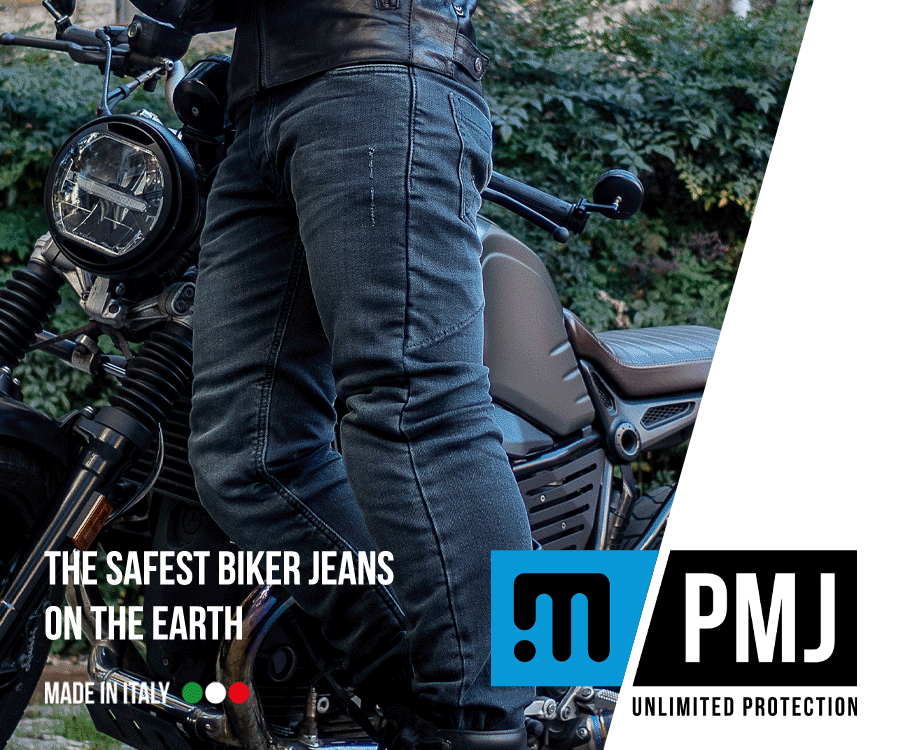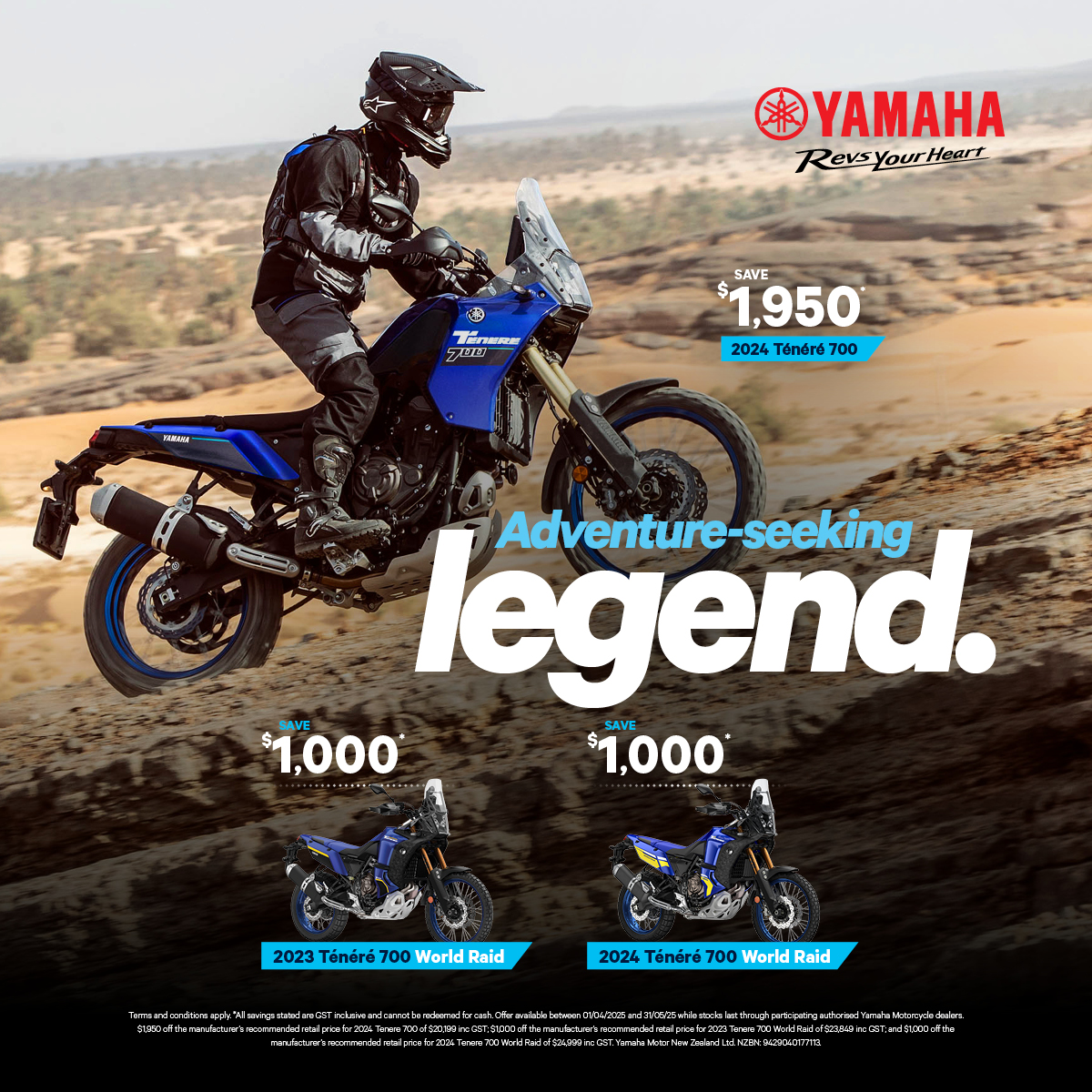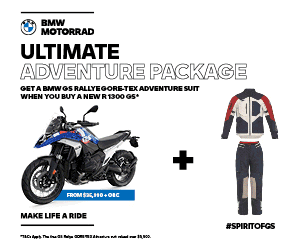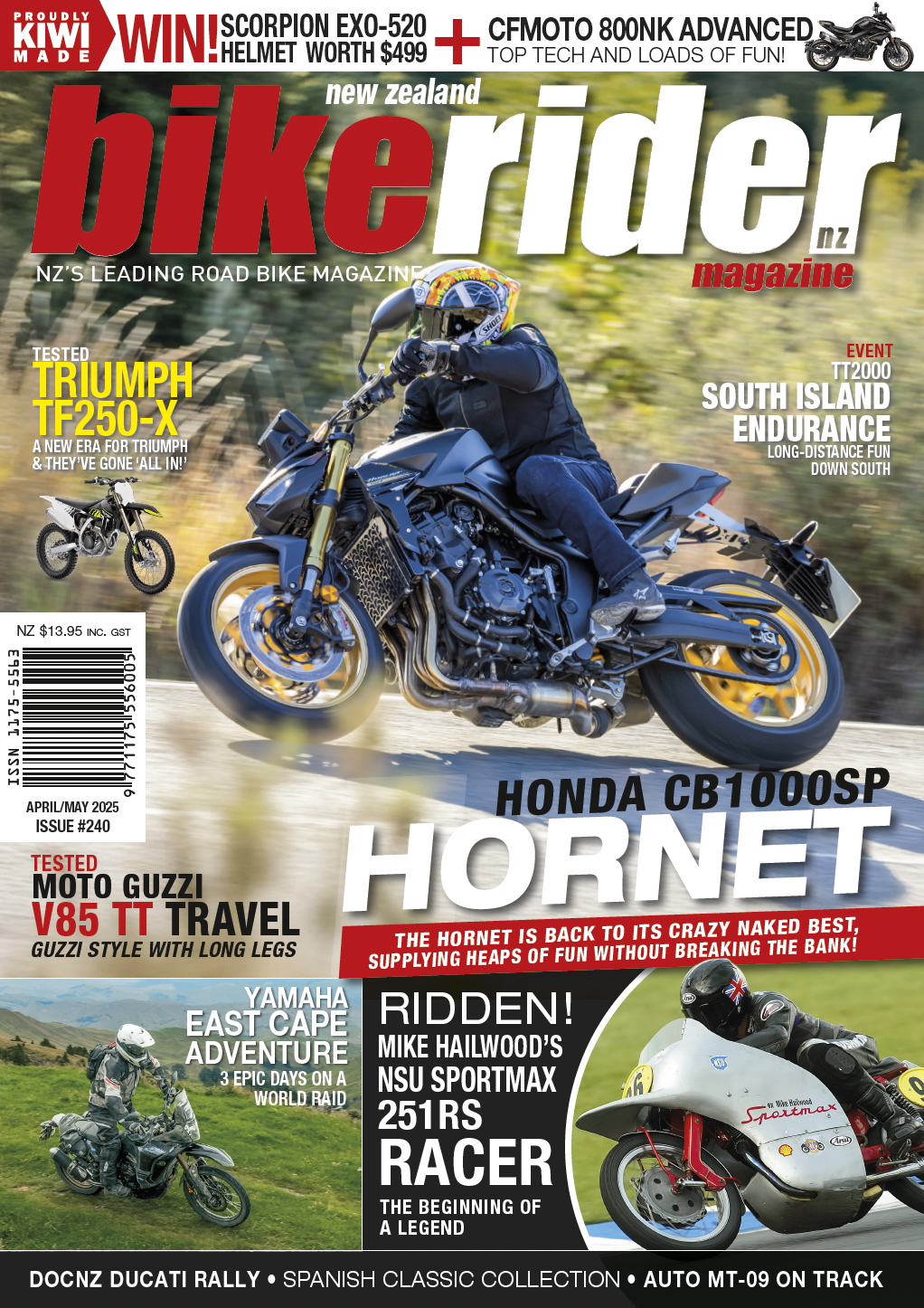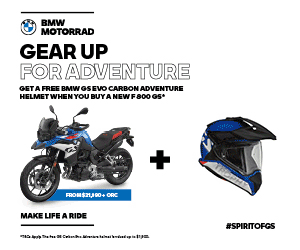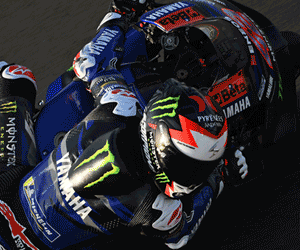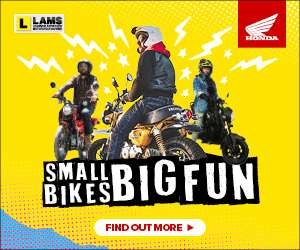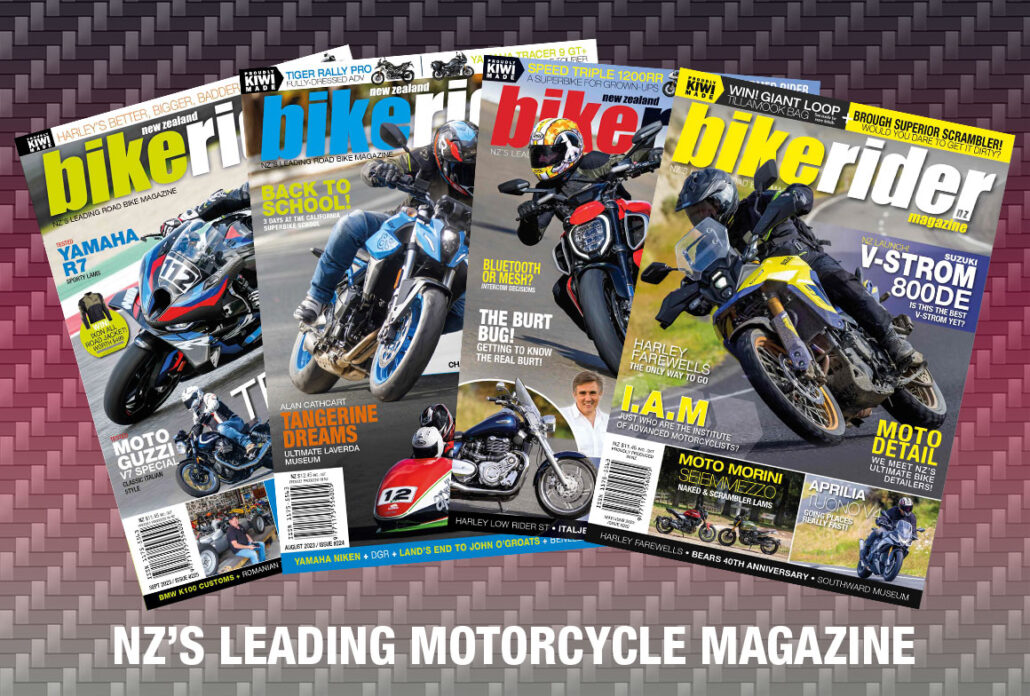With summer upon us, many riders contemplate packing their bike up and hitting the road for a tour. But get the packing bit wrong and your enjoyable ride can quickly turn into kilometres of fear trying to tame an ill-handling machine. Chris explains the dos and don’ts of loading a bike.
As rider trainers, we are very fortunate to get to ride around Aotearoa for work visiting various towns and cities along the way. It’s not unusual to have to do the run from our main base in Auckland down to Invercargill for rider training a few times a year. So here are a few top tips for travelling up and down the ‘Shakey Isles’.
Travel light
If you don’t need it, don’t take it. Simple. There’s nothing worse than having to wait for that person to pack the kitchen sink away every morning before you leave. We all know that mate who takes way too much because they have ‘the space to do so’. Having the room doesn’t make it right!
For a 2-week trip, I personally take five days’ worth of undies, socks and T-shirts. I wear skins under my gear, too, as these are easily washed in the shower and dried the same night. I take two jerseys, I’ll wear one and have one thin one as a spare. Remember, pretty much all campgrounds and motels have a laundry to wash and dry your clothes.
I take a pair of sneakers, a pair of shorts, a puffer vest, plus my beanie, and that’s me sorted for formal wear. Basic toiletries include 1/2 used tube of toothpaste, and I take solid bars of shampoo and body wash. A company called Ethique does these, and they are great as they don’t leak everywhere.

Dress for the trip.
Depending on the time of year will depend on what I take. In summer and winter, I might wear textiles, and for spring and autumn, I generally wear my leathers. The advantage of the Richa textiles is that I don’t need to take any extra waterproofs due to the Gore-tex, but saying that, I normally take a rain jacket to throw over the top to save the jacket from becoming waterlogged and heavy. I always throw in an extra pair of gloves and a couple of spare buff neck tubes, too, for the wet weather.
Tools
Take what you need but don’t overthink it. I have converted the T7 to tubeless because now I don’t have to take tubes and spanners to take the wheel out in the event of a puncture. I can just carry a basic puncture repair kit. These are cheap as and can be purchased from any motorcycle shop or auto store. I carry a set of Allen keys, an 8, 10 and 12mm spanner for adjusting handlebars etc. and my Leatherman. The first aid kit lives under the seat, along with my puncture repair kit. I also take a small travel can of chain lube.

Keep the load low
Running a bike with panniers is much more preferable to running a bike with a top box due to the position and weight of the top box acting as a leaver or pendulum on the rear axle. By using the panniers, the weight generally sits lower than the seat and in front of the rear axle, which creates more stability within the bike. I will run either 2 x20 litre Kreiga soft bags as panniers or, if I’m only going for a week, I can take just one 20 litre on the pillion seat.
Phone chargers
Riding through some of the best parts of this country, you’re going to find that there is very little cell phone signal. While this happens, your phone is searching for cell towers and can eat the battery within a matter of hours. Consider taking a powerbank or having a charging cable running from the bike’s battery. We run the Quadlock system on all our machines with wireless charging heads, so the phones are always fully charged. You never know when you’re going to need one…
Adjustments
Shocking and often overlooked, make sure to adjust your suspension according to the load. Normally we set your bike with 20 to 25mm of static sag, but by the time you load it with 20 kgs in a top box which is behind the rear axle, it’s quite common to find you now have 60 to 80 millimetres of static sag. This causes the front end to become very light in the steering, gets the headlight pointing in the sky in the dark, and results in a lack of grip when cornering, creating understeer. Chuck a pillion on and that’s 10 times worse. Pretty much every bike has an adjustable preload on the rear. Some are easier than others, but it is essential that you do this one! What’s the point in riding some amazing roads if your bike handles like a bag of spuds… Don’t forget to adjust your rear tyre pressure, too.

Island Hopping
Don’t forget to take some tie-downs for your ferry crossing. The ferry operators do carry some, but it’s much nicer for your bike if you use the ones that you bring. Just make sure they are motorcycle-specific tie-downs. I use the ones with a carabiner on one end and a Cam lock adjuster. Avoid the ratchet type, as this can overload suspension if you crank it down incorrectly (or way too tight, as most do), and they are a pain in the bum to use and store in general.
Words/ Chris Smith Passmasters www.passmasters.nz




